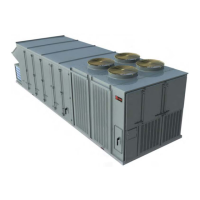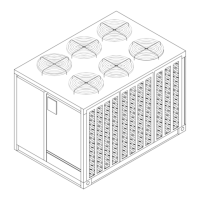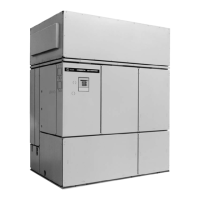206
RT-SVX24Q-EN
WWAARRNNIINNGG
NNoo SStteepp SSuurrffaaccee!!
FFaaiilluurree ttoo ffoollllooww iinnssttrruuccttiioonn bbeellooww ccoouulldd rreessuulltt iinn
ddeeaatthh oorr sseerriioouuss iinnjjuurryy..
DDoo nnoott wwaallkk oonn tthhee sshheeeett mmeettaall ddrraaiinn ppaann.. WWaallkkiinngg
oonn tthhee ddrraaiinn ppaann ccoouulldd ccaauussee tthhee ssuuppppoorrttiinngg mmeettaall
ttoo ccoollllaappssee aanndd rreessuulltt iinn tthhee ooppeerraattoorr//tteecchhnniicciiaann
ffaalllliinngg..
2. Remove enough panels and components from the
unit to gain sufficient access to the coil.
3. Straighten any bent coil fins with a fin comb. (Use
the data in Table 73, p. 194 to determine the
appropriate fin comb size.)
4. Remove loose dirt and debris from both sides of the
coil with a soft brush.
5. Use the steam-cleaning machine to clean the
leaving-air side of the coil first; start at the top of the
coil and work downward; then clean the entering-
air side of the coil, starting at the top of the coil and
working downward.
6. Check both sides of the coil; if it still appears dirty,
repeat Step 5.
7. Reinstall all of the components and panels removed
in Step 2; then restore power to the unit.
Evaporative Condenser Coil
Cleaning — Sump Water
Management
Water Supply
Overall performance of any water- cooled device can
be affected by suspended particulates, mineral
concentration, trash and debris resulting in clogging
and heat transfer loss. The unit is designed to greatly
minimize problems with these impurities, however,
float valves and solenoid valves are used to control the
incoming water.
If the incoming water contains contaminants, sand or
other objects, it is best to insert an incoming line
strainer having a mesh of 80 to 100. The inlet line
should be flushed prior to connection to the unit,
whether or not there is a strainer.
There is an air gap between the water inlet float valve
and sump water level to prevent back flow; however, if
local code dictates, a backflow prevention valve may be
required (field-provided and installed by a qualified
technician).
Water Drain
Local Site Discharge: Rooftop or simple storm sewer
discharge is generally acceptable. Do not routinely
direct the sump discharge onto an area that will be
adversely affected. For example, continued sump
discharge into a flower bed where the input water
contains CaCO3 (lime) will eventually decrease the pH
of the soil.
Sewer Discharge: The quantities of mineral and debris
flushed are actually very small and do not cause
problems when diluted in normal sewer flow. However,
local, state or federal standards and restrictions must
be followed in any given locality.
Traditional Bleed Method
ASHRAE recommendation for continuous bleed rates:
With good, quality makeup water, the bleed rates (0.8 -
2 GPH/ton) may be as low as one-half the evaporation
rate (1.6 -2 GPH), and the total water consumption
would range from 2.4 GPH/ton for air conditioning to 3
GPH/ton for refrigeration (Chapter 36.17 of ASHRAE's
“Systems and Equipment Handbook”)
Operation and Care
The sump should be inspected at least every 6 months
for possible build up of scale pieces that has been shed
from the coils. The sump flush frequency or bleed rate
should be increased if large amounts of scale are
present.
If the water has a “milky or cloudy” appearance, then
minerals are concentrating in the sump and the
number of flushes should be increased.
If the water remains clear between flushes, then the
number of flushes can be decreased. Through field
trials, the optimum flush frequency can be determined.
Please note that in some areas, water quality can vary
during different times of the year. The sump water
clarity should be checked periodically.
The evaporative condenser has several design features
to reduce the possibility of biological growth in the
sump. These features include:
• air inlets constructed to eliminate direct sunlight in
the sump
• The sump flush sequence replenishes the sump
with fresh water 1 to 12 times per day depending on
the flush setting
• The copper tubing in the coils is a natural biocide
IImmppoorrttaanntt:: Do not use chlorine tablets directly on
stainless steel surface as it can
adversely affect its corrosion resistance.
Always consult local codes for water treatment and
waste water removal requirements. Consult a water
treatment expert for water analysis and chemical
treatment methods and recommendations for specific
applications.
If deemed necessary after consultation with local water
experts, there are various means of water treatment
available which can be field installed.
SSeerrvviiccee aanndd MMaaiinntteennaannccee
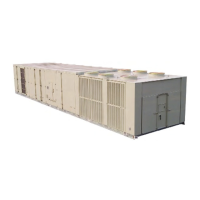
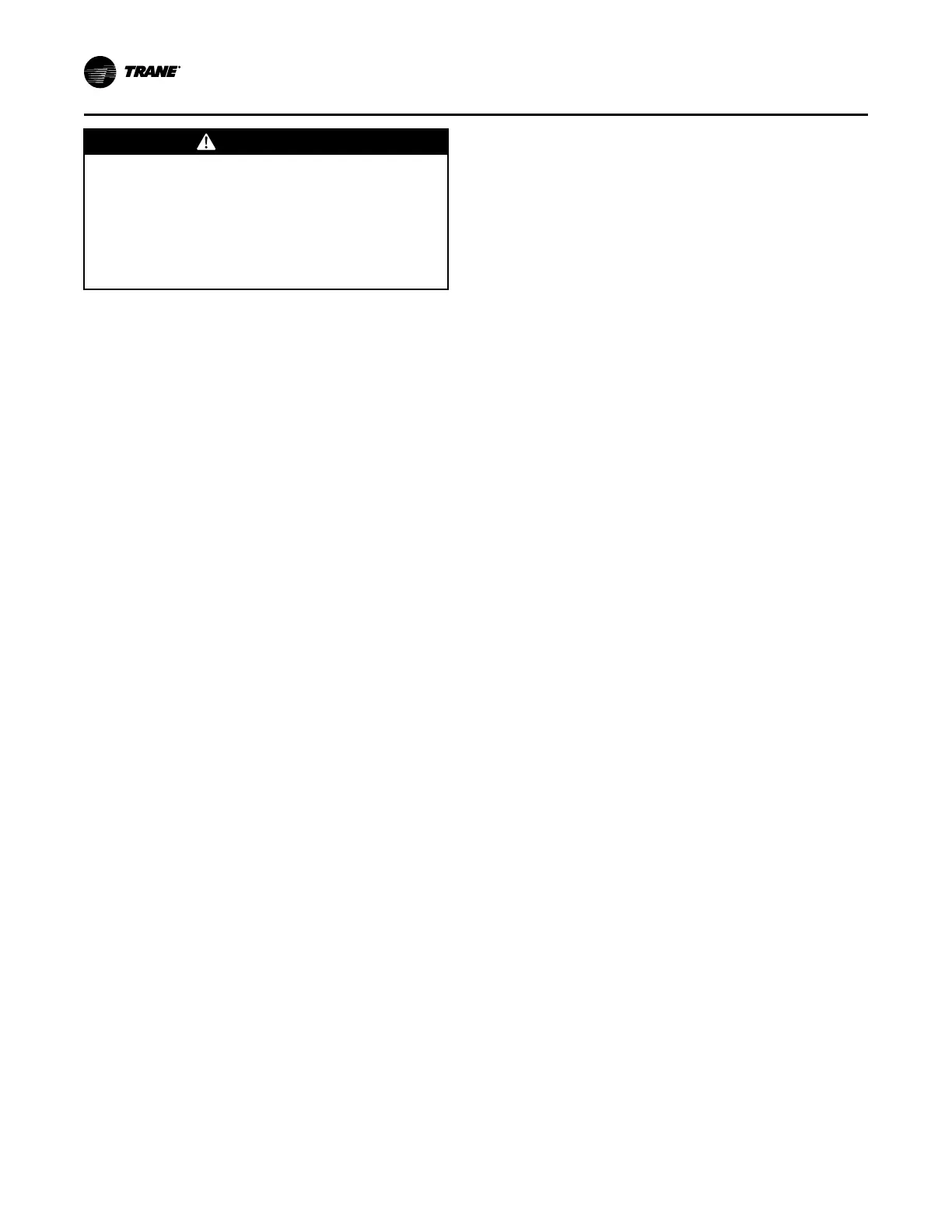